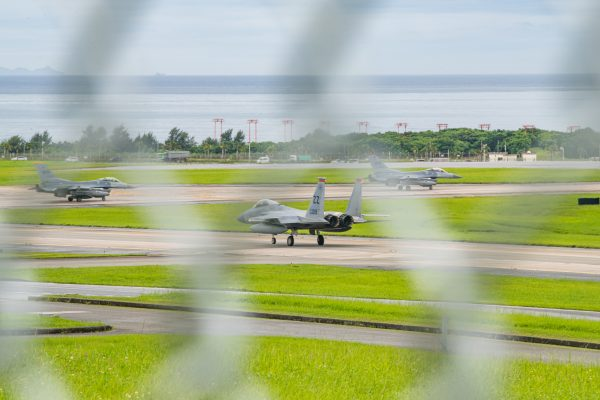The U.S. Air Force is set to complete a significant phase of its modernization strategy in fiscal year 2025. In key regions, including South Korea, it will transition away from its A-10 Thunderbolt II aircraft in favor of advancing fourth-generation fighter jet upgrades and enhancing fourth- and fifth-generation aircraft integration.
The modernization effort seeks to ensure peace and stability in the Indo-Pacific region, including the Korean peninsula, through state-of-the-art aircraft. The strategy bolsters deterrence against North Korea and reaffirms the ironclad U.S. security commitment to the South Korea-U.S. alliance by strengthening South Korean and U.S. combined defense. Throughout this transition, the U.S. Air Force will continue to enhance interoperability through close cooperation with the Republic of Korea Air Force.
This change represents a pivotal upgrade in U.S. Air Force capabilities, reinforcing its commitment to maintaining an overwhelming force posture in the region and adapting to evolving global threats.
Lt. Gen. David Iverson, Seventh Air Force commander and U.S. Forces Korea deputy commander, underscored the transformative nature of this transition. “By introducing advanced fourth and fifth-generation aircraft like our upgraded (F-16 Fighting Falcons), along with (F-35 Lightning IIs) and (F-15EX Eagle IIs) in the Pacific region, we are significantly enhancing our overall air combat capabilities in the Korean theater.”
Starting in January 2025, the 25th Fighter Squadron at Osan Air Base will begin a phased withdrawal of its 24 A-10 aircraft, with completion expected by the end of fiscal year 2025. Additionally, Seventh Air Force F-16s are undergoing a series of avionics system upgrades, bringing the aircraft closer to fifth-generation capabilities as they increase both the survivability and accuracy of the weapon system.
This is a deliberate shift towards integrating next-generation aircraft that will significantly enhance operational effectiveness and U.S. force posture in the Indo-Pacific region.
The F-16s, with their upgraded systems, will continue to deliver reliable and flexible combat capabilities. Within the region, the F-35, with its stealth capabilities and advanced sensors, will provide a significant edge in situational awareness and strike precision. The F-15EX, known for its advanced avionics and payload capacity, will enhance air-to-air and air-to-ground combat effectiveness.
Iverson further emphasized, “These aircraft bring unparalleled multi-role versatility, advanced stealth features, and superior operational range, positioning us to effectively counter modern threats and support our regional allies.”
The U.S. Air Force remains committed to providing comprehensive and advanced air capabilities to safeguard South Korea. This modernization effort underscores a strategic shift towards more capable and agile platforms, reflecting an enduring commitment to the South Korea-U.S. alliance and regional stability.
“The advancement of our F-16 upgrades and innovation through our ongoing super squadron test at Osan (AB) show our dedication to evolving and adapting our forces to meet the demands of the 21st century,” Iverson concluded. “We will continue to deliver overwhelming, unmatched combat airpower, ensuring that our defenses remain effective in safeguarding peace and security in the Indo-Pacific.”





